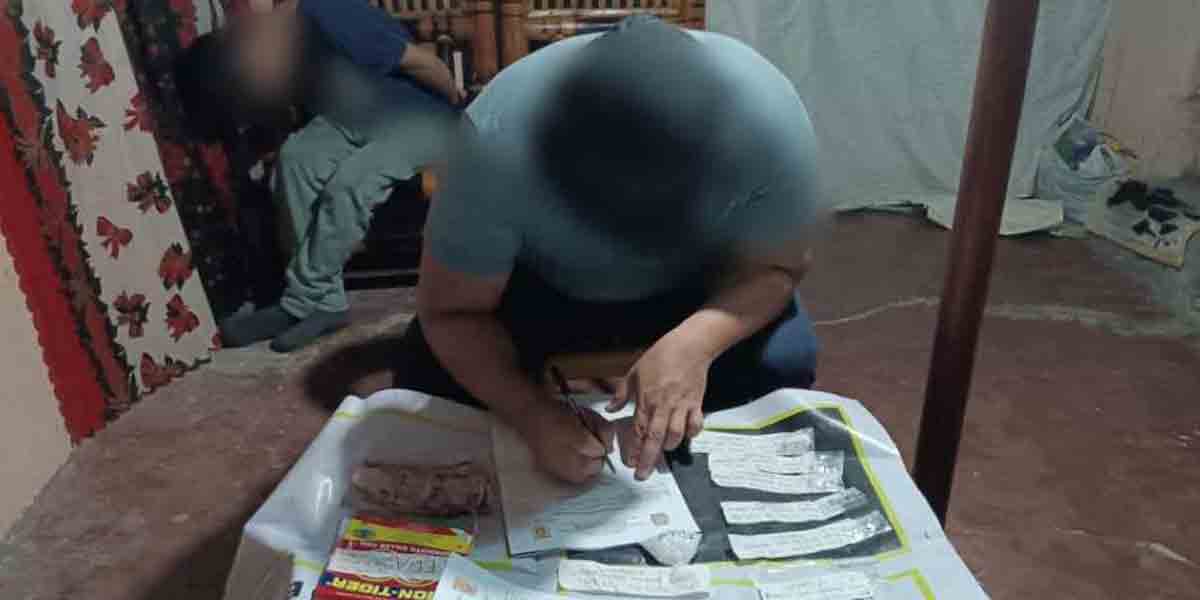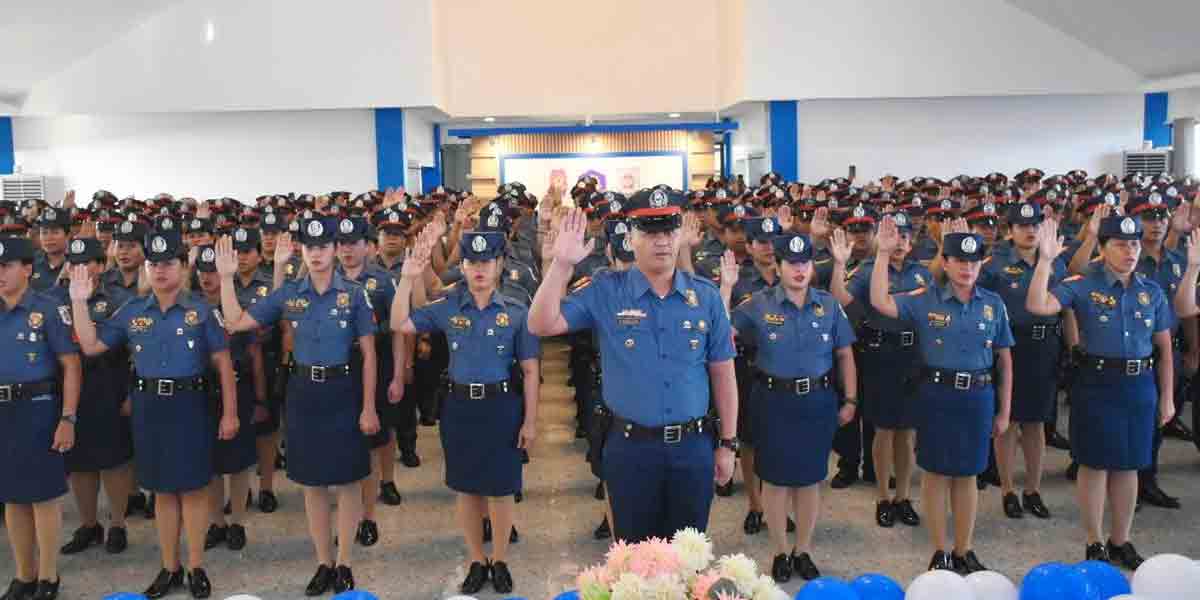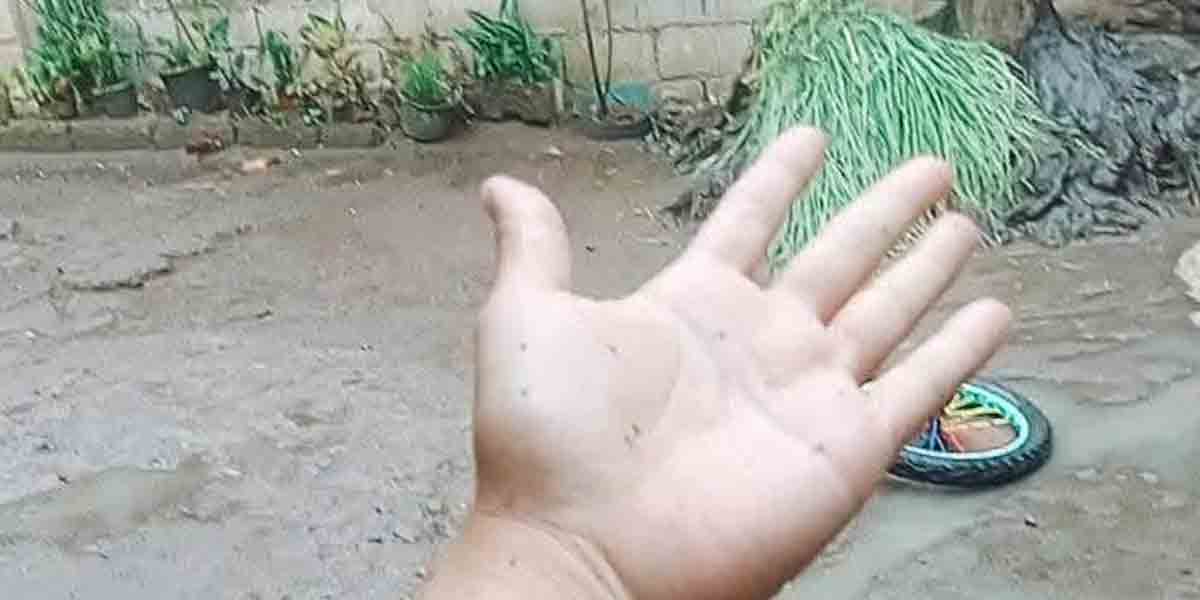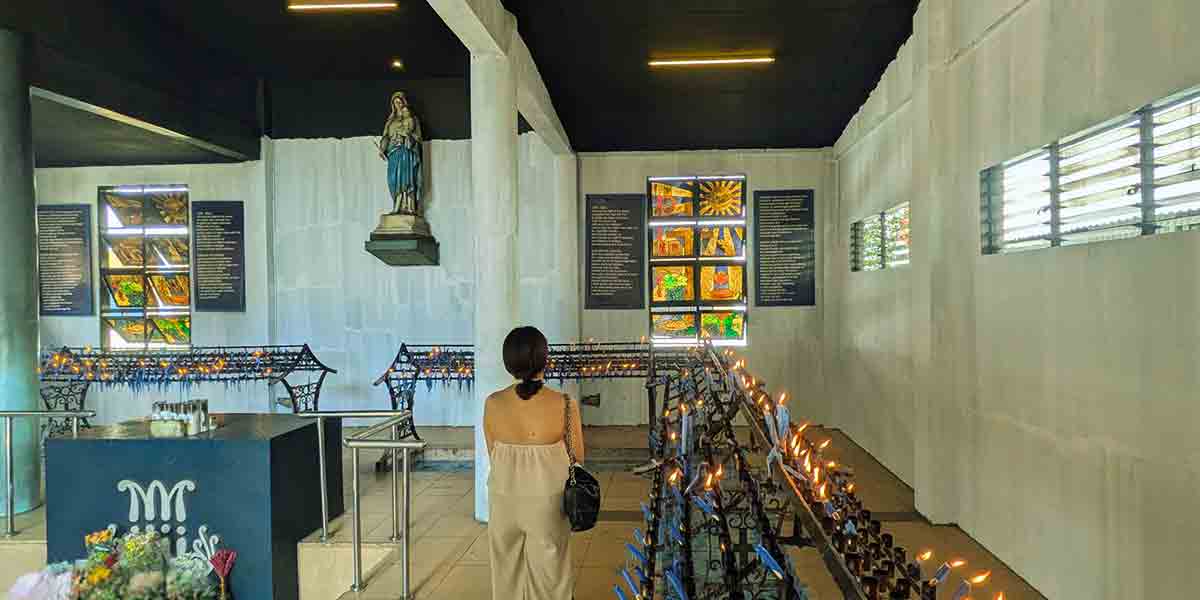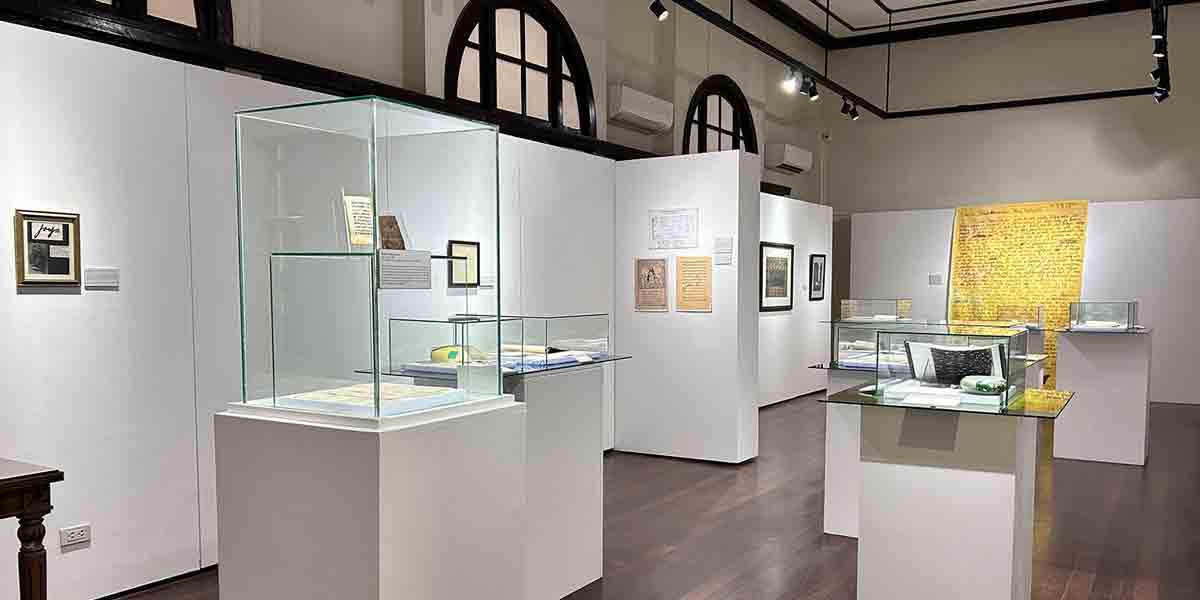By Herbert Vego
TOMORROW, February 11, will mark the 37th anniversary of the assassination of the late Evelio B. Javier, a former governor of Antique, who died on that date in 1986.
The young people of today, being unborn in that year, would not have known about it had the date not been declared as a non-working holiday in Panay Island to commemorate the assassination that has come down in history as a prelude to the fall of President Ferdinand Marcos and the rise of President Cory Aquino in the People Power revolution of February 22-25, 1986.
President Cory signed Republic Act No. 7601 which declared February 11 of each year as the Governor Evelio Javier day on June 3, 1992.
There was hardly a year when I missed recalling the Javier assassination in as many ways as possible. You see, I was 36 years old at that time. Since then, my age has doubled plus one; I am now 73.
I was the editor-in-chief of the then weekly Panay News and had just received my appointment as stringer for Reuters, a world-renowned British news agency. It was a part-time job which would provide me “piece work” to augment my meager income.
There was a reason why a regular Reuters reporter, my friend Casiano Mayor, had recommended me to his British boss to be their main man in Iloilo City. They were on nationwide snooping for hot stories related to the February 7 “snap election” where President Ferdinand Marcos appeared to have won via “dagdag-bawas” against a widowed housewife, Corazon C. Aquino.
The dawn of the day unfolded very quietly in the Province of Antique, certainly with no portent of a gruesome murder about to steal the thunder.
At about 11:00 that morning (Feb. 11, 1986) while in my office, wondering what first news story to write for Reuters, I answered a telephone call. On the line was a deskman from Reuters’ Manila office.
“Have you heard the news?” he asked. “You must cover it.”
While I had no idea what he was alluding to, I managed to mutter, “Yes Sir, I am working on that now.”
As I put down the phone, it rang again. This time, on the line was Imelda Griengo, an employee of La Editorial printing press.
“Have you heard the news?” she sobbed, “Evelio Javier was shot dead.”
The news shocked me. Though I was not personally close to Evelio, I had been covering his political trail.
I managed to hitch a ride to San Jose, Antique on a mobile unit of the defunct radio station DYRP together with its news reporters.
Two hours later, we were standing in the bullet-riddled comfort room of a business establishment where Evelio Javier had been shot in cold blood. The floor of the CR was still drenched with blood, but the former governor’s remains had already been taken to the provincial hospital’s morgue for autopsy. Anyway, we made use of the time interviewing people who had witnessed the crime, which is now too familiar to be retold.
Moving on to the morgue, we saw the blood-drenched and lifeless Evelio lying. With my small camera, I joined a score of photographers taking pictures.
Back in Iloilo before 5:00 p.m., I typed my report fast under time pressure and dictated it to Reuter’s Manila by telephone. In those days, fax machines and cellular phones were still future realities.
I expressed doubt whether I could send my pictures via the last plane flight to Manila.
“Don’t worry,” the Reuters desk lady appeased me, adding that she had already obtained a photograph from a freelance American photographer who had flown with a Time magazine reporter to San Jose on a private plane.
On waking up the following day, the first thing I did was buy some Manila-based newspapers. Some of them carried various headlines of the same front-page story with my by-line — alongside a black-and-white photograph of the lifeless Evelio — which began with three quoted words, “Run, Evelio, run!”
Those were the unforgettable words of an eyewitness who had desperately wanted to save Javier from hooded armed men who were chasing him at the capitol plaza until they cornered and shot him to death inside the comfort room of a commercial building.
A deskman at Reuters’ Manila office called to say that my maiden story for them was also published by newspapers abroad.
Since it has become part of history with political undertones, this time I would no longer dwell on succeeding events that led to the imprisonment and deaths of some suspects.
Against my will, though, a gruesome crime had become my entry point to an international news organization for a forgotten number of years.
-oOo-
‘JUMP’ AT YOUR OWN RISK
A FACT-FINDING team discovered that of the 300 lloilo City households in barangays West West Habog-Habog and San Juan that burned down on January 28, more than half – exactly 159 — had no electric meters. In other words, they had been pilfering electricity with gadgets known as “jumpers,” eventually causing power overloading that triggered the fire.
By their seemingly “successful” attempt to avoid payment of MORE Power bills, the pilferers are therefore accountable. Undoubtedly, they could not have done it had the supposedly “paying neighbors” reported their crime to the authorities.
The chairmen of both barangays could not escape responsibility, since they had vowed to monitor their respective jurisdictions for illegal power tapping.
And yet the barangay chair of West Habog-Habog, Lee Quimsing, added insult to injury by blaming firemen for failure to penetrate the narrow alleys of the burning barangays.

